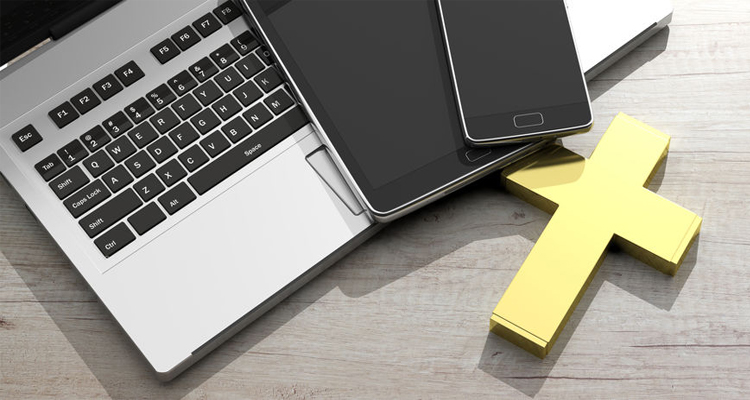AV and the Price of Oranges
 On the fiction side of my blog (I still do write fiction when I’m not here) I wrote a recent vignette about a shopper purchasing some pre-peeled oranges in a grocery store. If you’re on social media you’ll likely have seen the photo of said oranges making the rounds as an example of our wasteful tendency to overpackage things which are perfectly well “packaged” to begin with. I’d honestly saw this as justified mockery when fellow Twitterer and blogger (tweep? Bleep?) Ana Maradoll posted a series of tweets framing the oranges as an accessibility item which may appear wasteful but allows oranges to be enjoyed by those who perhaps wouldn’t be able to. I presented it as a story because that strikes me as a better way to understand things. That, of course, got me thinking about what we do for a living and how important it is to frame choices in terms of all of the populations who might be using a given space. It is all too easy for us to see only through our eyes, hear only through out ears, reach only with our arms.
On the fiction side of my blog (I still do write fiction when I’m not here) I wrote a recent vignette about a shopper purchasing some pre-peeled oranges in a grocery store. If you’re on social media you’ll likely have seen the photo of said oranges making the rounds as an example of our wasteful tendency to overpackage things which are perfectly well “packaged” to begin with. I’d honestly saw this as justified mockery when fellow Twitterer and blogger (tweep? Bleep?) Ana Maradoll posted a series of tweets framing the oranges as an accessibility item which may appear wasteful but allows oranges to be enjoyed by those who perhaps wouldn’t be able to. I presented it as a story because that strikes me as a better way to understand things. That, of course, got me thinking about what we do for a living and how important it is to frame choices in terms of all of the populations who might be using a given space. It is all too easy for us to see only through our eyes, hear only through out ears, reach only with our arms.
Following are two examples of AV-centric accessibility issues and how we should think about solving them.
One – That Darn Smartboard
From an accessibility point, smartboards and similar products are a challenge. If one mounts it low enough for a seated user, the bottom is out of reach for those standing up. Mount it for comfortable use by a standing presenter and the surface is unreachable to users who can’t stand. “Secondary interface” solutions (such as annotative software on a portable tablet) require organizational efforts and force disabled users to actively seek out and ask what will be a dissimilar solution and experience.
One solution with which I’ve seen success is a motorized mount, allowing the smartboard to be raised and lowered for the preference and comfort of those using it. While this kind of solution is both expensive and bulky, it does give the best experience for the widest variety of users.
Out of Control!
Many of our AV systems are still controlled by wall-mounted touch panels. When I started in this industry, many moons ago, it was typical to place said touch panel about five feet above the finished floor. This allowed them to be comfortably reached and viewed by most able-bodied adults of average height, but made them useless to those users who could not stand up to use them. I still remember the first job in which I saw touch panels specified at ADA-compliant height – everyone involved thought it must be a mistake, that it was far too low for comfortable use and did not meet our expectations of how we usually did such things.
By now we all know why a touch panel is usually mounted with the top no more than 48″ above finished floor – the Americans with Disabilities Act requires controls to be within seated reach for wheelchair-bound users. My ongoing concern with this is that a touch panel is not a light switch — one interacts with it in a profoundly different manner, including reading text and even viewing video. Four feet is quite uncomfortable.
What can we do? Solutions include multiple touch panels, combinations of touch panels and mobile device interface and, to take advantage of more modern technology, voice-commands to replace or supplement traditional touch-panel controlled features. To know how to solve these challenges, we first need to know how to think.
How do we think about this?
One of my colleagues at SMW has pointed out that the Americans with Disabilities Act is not a building code, but is civil rights legislation. Realizing this represents, to me, a profoundly different way of thinking. Code is code, a set of rules one must follow to meet published safety or other standards. There are no points for exceeding code; one either meets it or doesn’t. Civil rights legislation reflects the guarantee of equal treatment to all people and all users, regardless of their race, religion, gender or, yes, disability. Asking if one meets a code requirement is a qualitatively different question than asking if they are treated fairly.
This is why I lead with the story about the oranges, because I find it best to look at things as stories. Don’t just specity a portable assistive listening system as part of “pool equipment” and feel that you’ve done your job: Imagine a hearing-impaired guest having to single themselves out by asking for the assistive listening system, imagine a delay while someone goes to fetch it, imagine how it would make them feel. Imagine the experience of a presenter needing to ask someone to annotate their presentation for them, or only being able to annotate the bottom third of their image.
Tell yourself a story about the systems and experiences you design. Then decide if that’s the story you wish to tell.
Image via Nathalie Gordon





